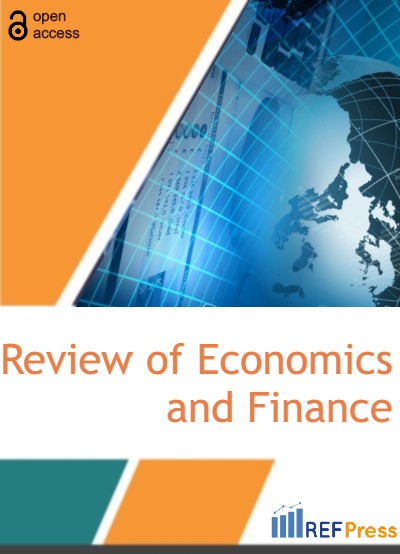
The Interaction between Social Capital and Banking Stability: Evidence from MENA Region
(Pages 106-123)Jana Badran1,* and Chawki EL Moussawi1
1Faculty of Economics and Business Administration, Lebanese University, Beirut – Lebanon
DOI: https://doi.org/10.55365/1923.x2025.23.11
Abstract:
In this paper, we examine how social capital impacts banking stability in the Middle Eastern and North African (MENA) region using data of 188 commercial banks across 15 countries over the period 2007-2021. It considers several bank-level and macroeconomic determinants, while focusing on the effect of social capital, defined as networks, trust and social norms, which is an important complementary element for strengthening banking stability. System GMM regression and quantile regression (QR) were used in the study to show how these determinants affect bank stability. The results show that social capital is strongly associated with banking stability, indicating that it is a key factor in reducing systemic risks. Second, larger and better-capitalized banks show more stability compared to the other counterparties, also banks managing liquidity more efficiently; in parallel, banks with higher profitability appear to take on more risk. Policy recommendations include promoting social capital through local engagement, enforcing capital adequacy requirements, and adapting liquidity management practices to suit regional conditions. For the banking industry, incorporating social capital into risk management can reduce credit risk and enhance financial stability. These insights are particularly valuable for policymakers and banks seeking to strengthen the financial systems in the MENA region.
Keywords:
Social capital, personal relationships, banking stability, GMM methodology, quantile regression, MENA region.
How to Cite:
Jana Badran and Chawki EL Moussawi. The Interaction between Social Capital and Banking Stability: Evidence from MENA Region. [ref]: vol.23.2025. available at: https://refpress.org/ref-vol23-a11
Licensee REF Press This is an open access article licensed under the terms of the Creative Commons Attribution Non-Commercial License (http://creativecommons.org/licenses/by-nc/3.0/) which permits unrestricted, non-commercial use, distribution and reproduction in any medium, provided the work is properly cited.
